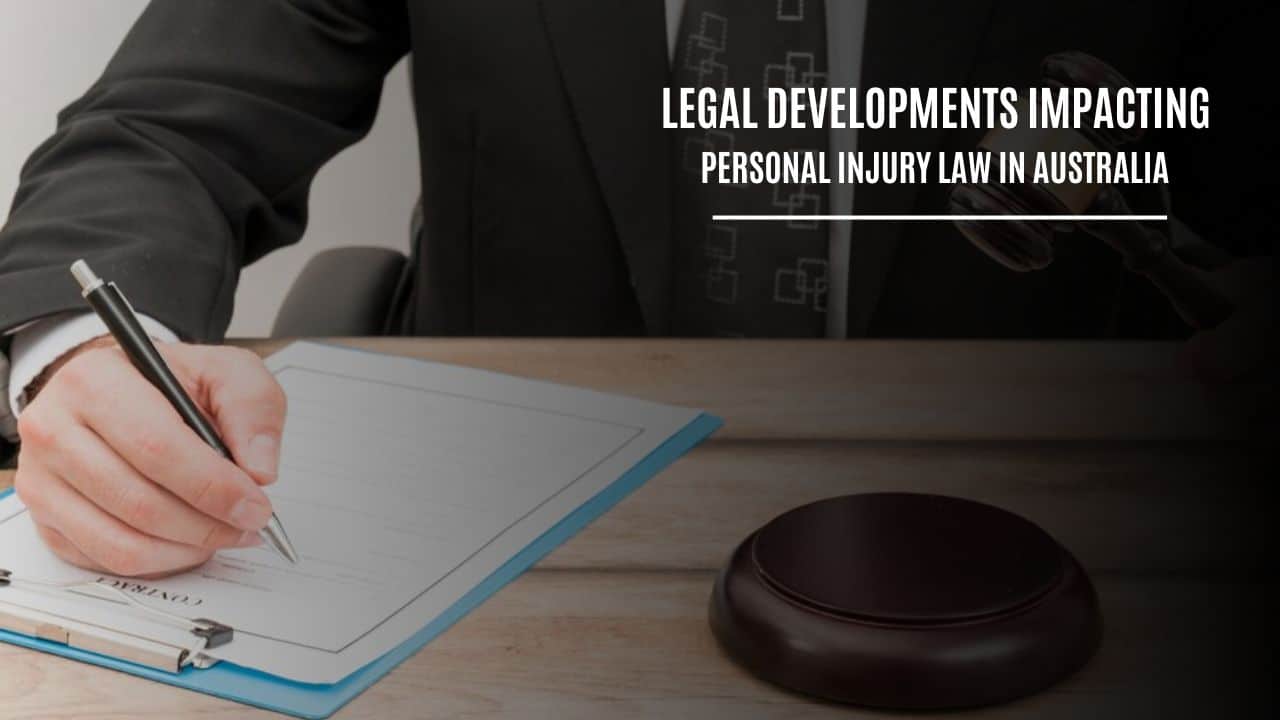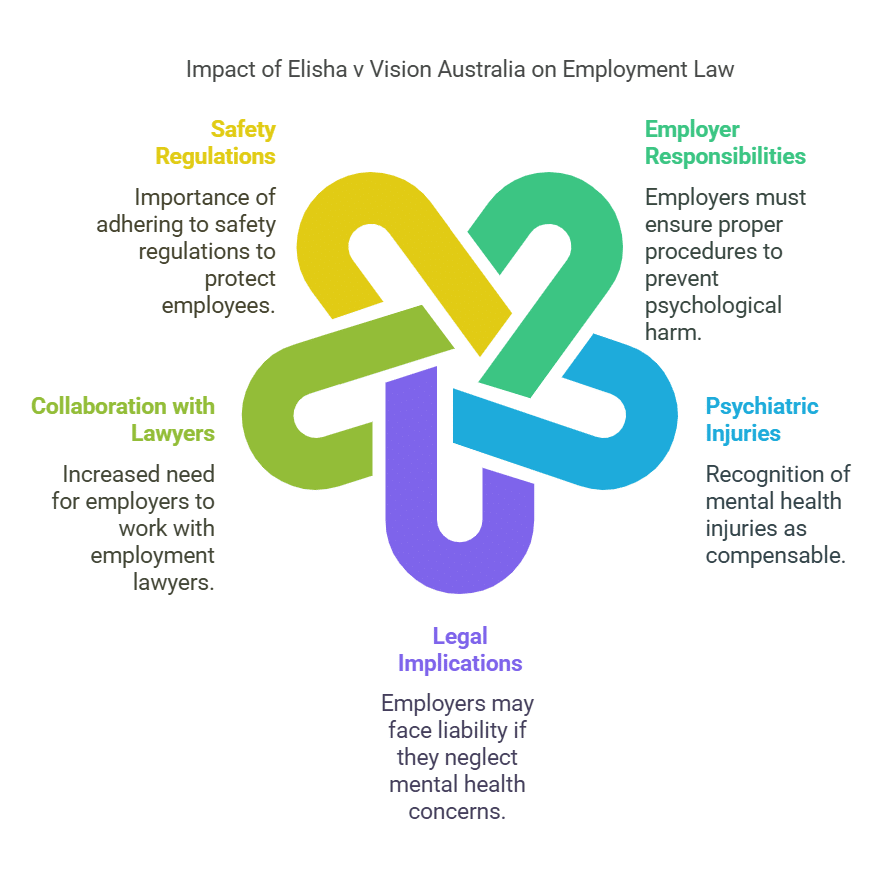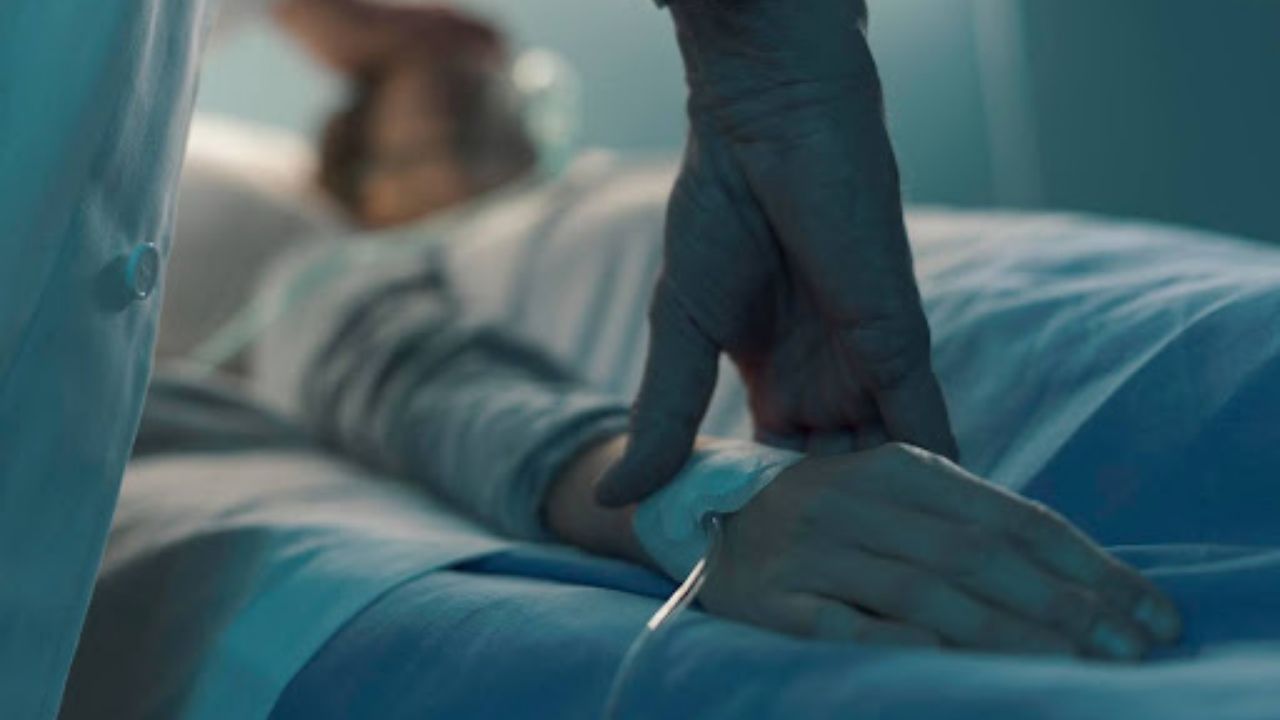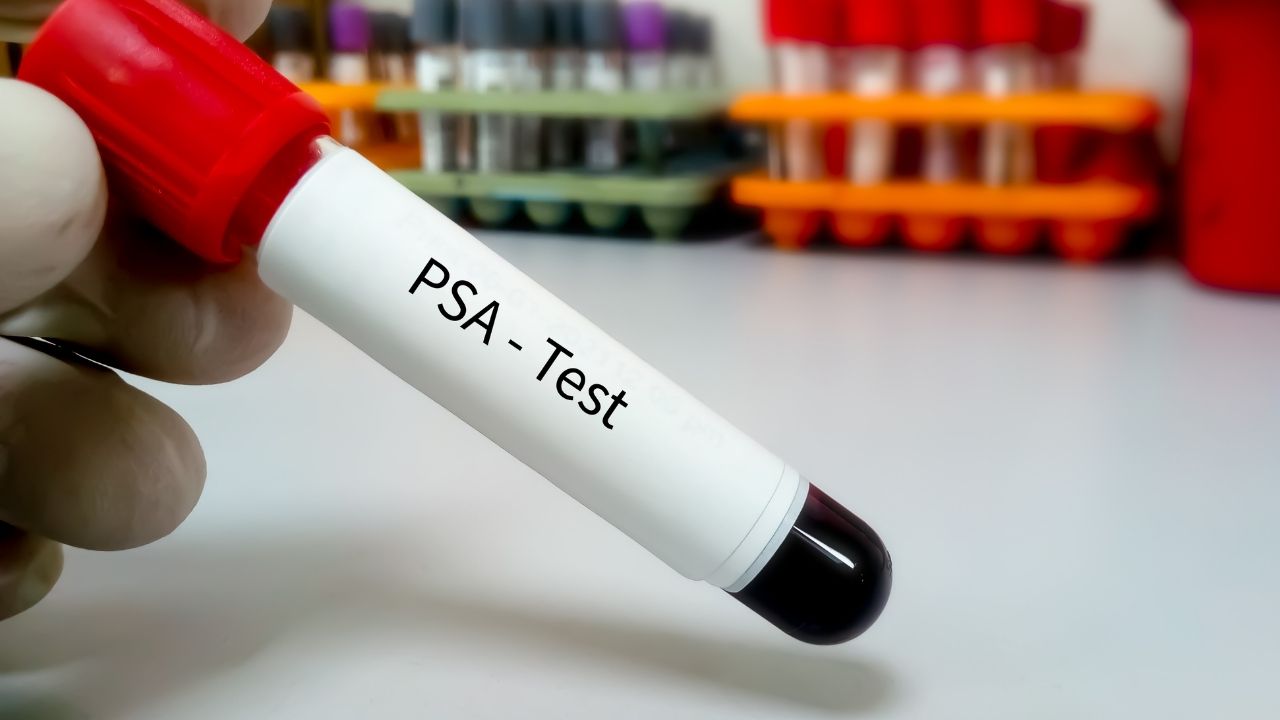Have you ever slipped on a wet floor or been in a car crash? You’re not alone. Many people get hurt because of others’ mistakes. Sometimes, we need to ask for help to sort these problems.
That’s where the recent legal developments impacting personal injury law in Australia come into play.
One big change is how schools must keep kids safe. The Fairvale case made it clear that schools have a duty of care far beyond what we thought before. This blog will guide you through the newest changes in Australian law that could affect your life if you’ve been hurt by someone else’s error.
Get ready to learn how these updates can help you.
Changes to Duty of Care Standards in Schools
Schools now face tighter standards for looking after their students. They learned this the hard way after a court decision shocked many. A student suffered serious injuries on October 16, 2017, due to a lack of supervision and safety measures at school.
The injuries were severe: harm to an ear, eye, skull, and mental trauma. Worse still, the kid had autism spectrum disorder diagnosed in 2012. This case highlighted major failures: no teachers watching over them when it happened, no check for dangers beforehand, insufficient safety steps taken and weak communication.
The court pointed out that schools cannot dodge their responsibility to keep kids safe. They stressed that schools have a tight duty of care they can’t pass on to anyone else. As a result of these slips and falls in oversight, the Fairvale Case saw $1.2 million awarded for compensation.
This landmark ruling makes clear schools must do everything they can to protect their students from harm’s way or face serious legal consequences.
Legal Implications of Medical Negligence in Emerging Cannabis Treatments
In New South Wales, the focus is now on the medical use of cannabis. The review by Hon. Jeremy Buckingham MLC, released in October 2024, explores this pressing matter. It scrutinizes legal and illegal aspects and discusses the pros and cons of employing cannabis for health treatment.
This conversation triggers a significant concern regarding potential medical errors with these new treatments.
Imagine a scenario where a physician prescribes an excessive dose or an incorrect type of medical cannabis to a patient. This situation could escalate to extreme complications—affecting the patient’s health and posing legal challenges for the doctor.
In such circumstances, if there is fallout due to such a mistake, patients could file lawsuits against their doctors for medical negligence. During these trials, courts are tasked with examining evidence meticulously and arriving at harsh judgments based on benchmarks from reports such as Buckingham’s.
Past legal precedents prove essential in determining responsibility, evaluating if it falls entirely on the doctor or if other parties also bear some of the responsibility.
Landmark Rulings on Psychiatric Injuries in the Workplace
The High Court’s ruling in Elisha v Vision Australia Limited [2024] HCA 50 changed how we view workplace injuries. This case demonstrated that employers can be held responsible for psychiatric injuries if they breach their contracts.
Vision Australia failed to follow proper disciplinary procedures, which left employees vulnerable to psychological harm.
Now, workers have a path to recover damages for these injuries. The decision marked a significant shift in employment law and recognized mental health as an essential concern. Employers need to collaborate with employment lawyers more than ever.
They must address safety regulations and understand their duties of care regarding employees’ mental well-being. Overlooking this could leave them vicariously liable in the eyes of the court of appeal.
Revised Compensation Thresholds for Motor Vehicle Accident Claims
Australia recently revised the compensation thresholds for motor vehicle accident claims. These changes impact both drivers and passengers. Now, victims can seek claims for personal injury as well as pain and suffering.
The focus remains on rehabilitation. Claimants should understand how new limits affect their potential payouts.
The legal landscape also emphasizes fair treatment in these cases. Victims must meet specific criteria to qualify for general damages under the updated regulations. Understanding these thresholds helps individuals navigate their rights effectively within the Australian legal system.
Legal representation becomes crucial in this evolving area of personal injury law, especially with complex issues regarding duty of care and contributory negligence at play.
Updates on Public Liability Laws for Recreational Activities
Public liability laws for recreational activities are changing in Australia. These updates affect how claims get processed after accidents. Slip and fall incidents often happen in parks or public spaces.
Claimants can seek compensation for medical bills, lost wages, and pain from injuries sustained during these activities.
The legal framework varies across each state, making it tricky for victims to navigate their options. “No win, no fee” agreements offer a way for injured parties to litigate without upfront costs.
The Australian Consumer Law (ACL) now plays a role in uniforming national rules around such claims, which streamlines the process somewhat. With these changes in place, individuals pursuing justice gain more access to legal representation than ever before.
Takeaways
Australia’s personal injury law has seen significant changes recently. New standards for schools increase their duty of care for students. Landmark rulings highlight accountability in workplace injuries too.
Revised compensation thresholds reshape how people approach vehicle accident claims. With these updates, legal representation becomes even more crucial for those seeking justice after suffering from negligence.
Stay informed and proactive as these developments unfold!
FAQs on Legal Developments Impacting Personal Injury Law In Australia
1. What’s the latest in personal injury law regarding vicarious liability in Australia?
The concept of vicarious liability has seen some changes, especially with a recent court of appeal decision involving a paedophile priest. This case highlighted the duty of care organizations have and how they can be held liable for their employees’ actions.
2. How are car insurance and third-party insurance impacted by these legal developments?
Recent court decisions have shaken up the insurance industry, particularly car and third-party insurances. These rulings emphasize procedural fairness, impacting how claims related to vehicle accidents are handled.
3. Has there been any significant law reform affecting general damages in personal injury cases?
Absolutely! Law reforms have led to revisions in calculating economic loss, which directly impacts general damages awarded in personal injury cases. The focus is now more on accurate forecasting using time-series analysis and regression analysis techniques often used by data scientists.
4. Are there any notable cases that influenced these legal developments?
A prominent case involved James Hardie Industries, an enterprise associated with asbestos-related lawsuits that sparked major law reforms. Another noteworthy instance is the national redress scheme introduced following sexual assault allegations against clerics.
5. How do these changes affect legal representation for personal injury litigants?
Legal practitioners now need to consider new parameters like updated duty of care definitions or changes brought about by appellate courts when representing clients litigating personal injury claims.









































